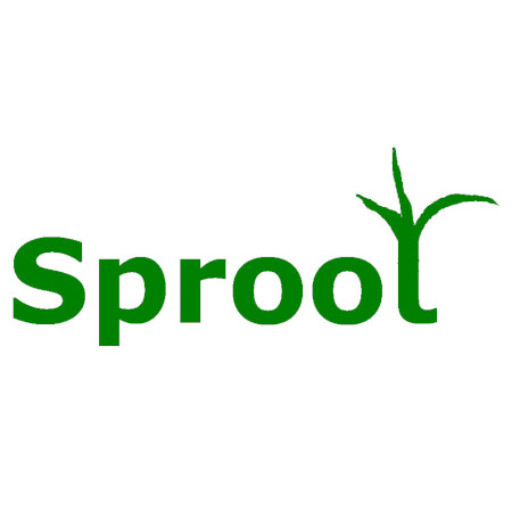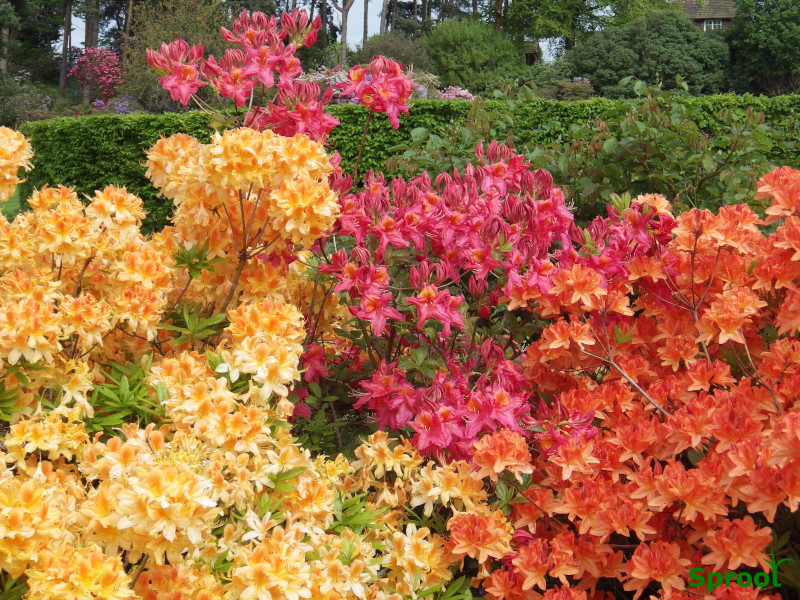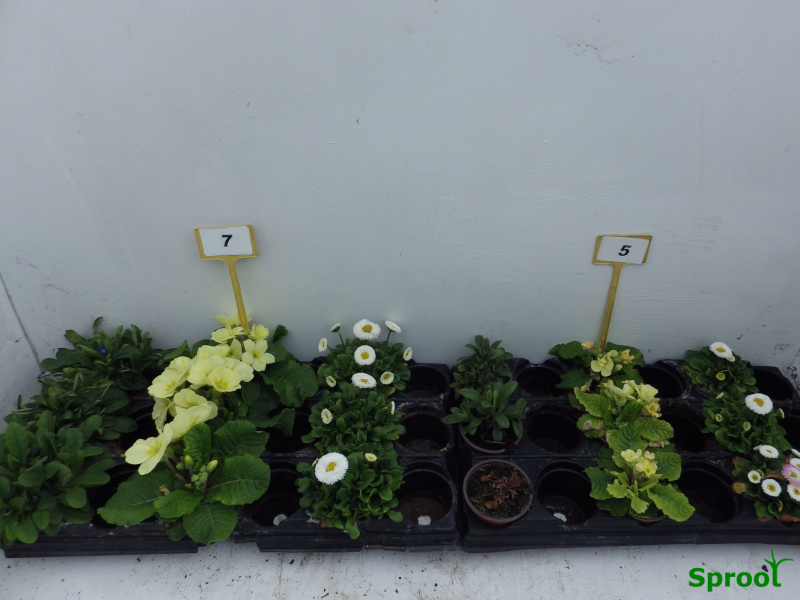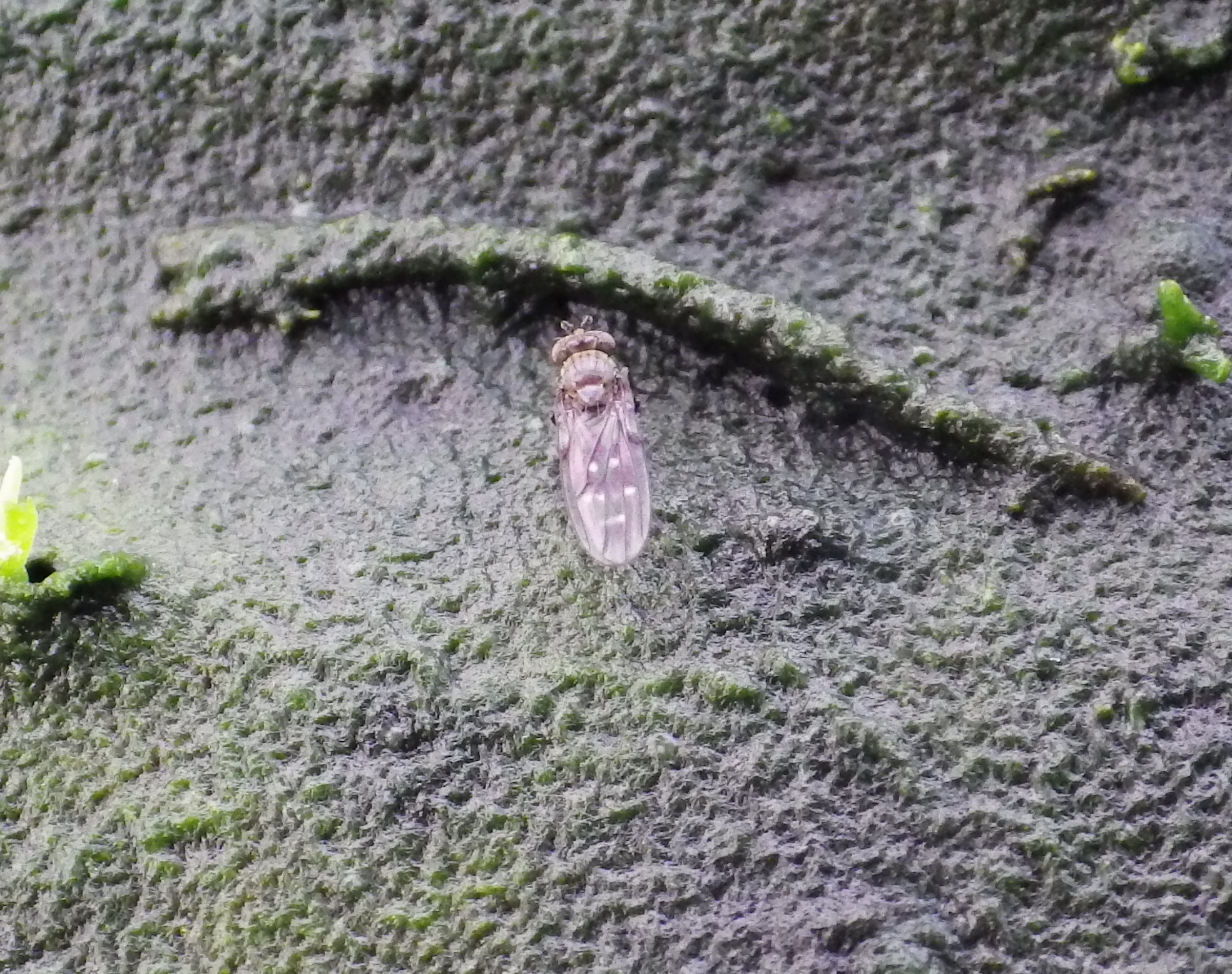A good place to start when planning your garden is neighbouring gardens, here you will find out what works in your area, this can save you expensive mistakes in the future.
Go out for a walk find the best garden and ask the owners for advice, gardeners are friendly by nature. Get their advice on local nurseries and suppliers it will save you money.
If you don’t feel comfortable talking to the neighbours you can still see the plants that can succeed in your area.
Some plants are good indicators, they can show you what will grow in your area, some can help you guess the Ph of the soil, acid or alkaline and others can point to poor drainage
Tender or hardy
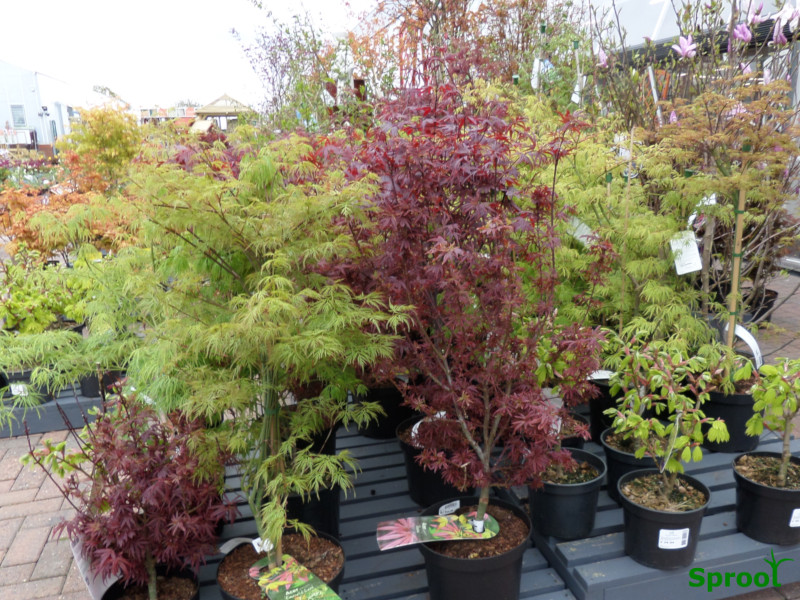
If you see a good Japanese maple, the delicate leaves have been sheltered from the wind and frost, you may live in a sheltered relatively frost-free area.
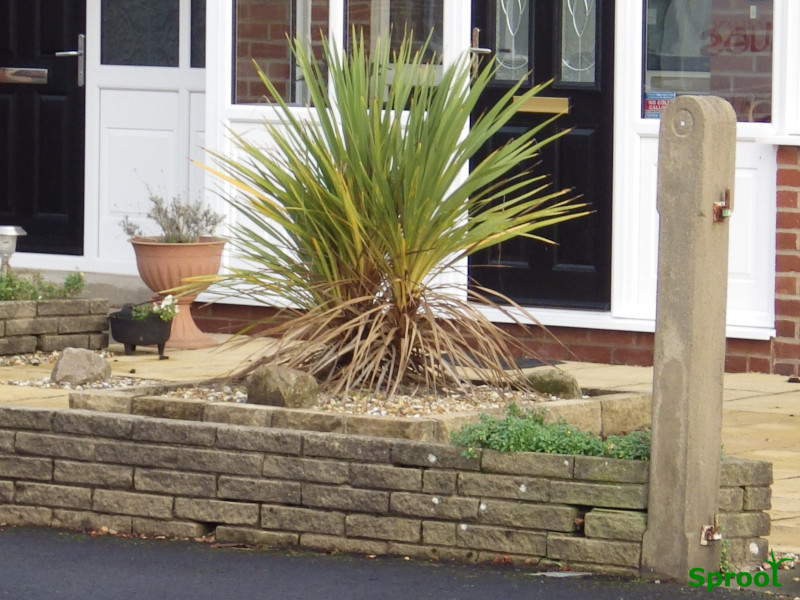
Cordylines need a sheltered spot, if you see them in your neighbours garden there is a good chance you can also grow them
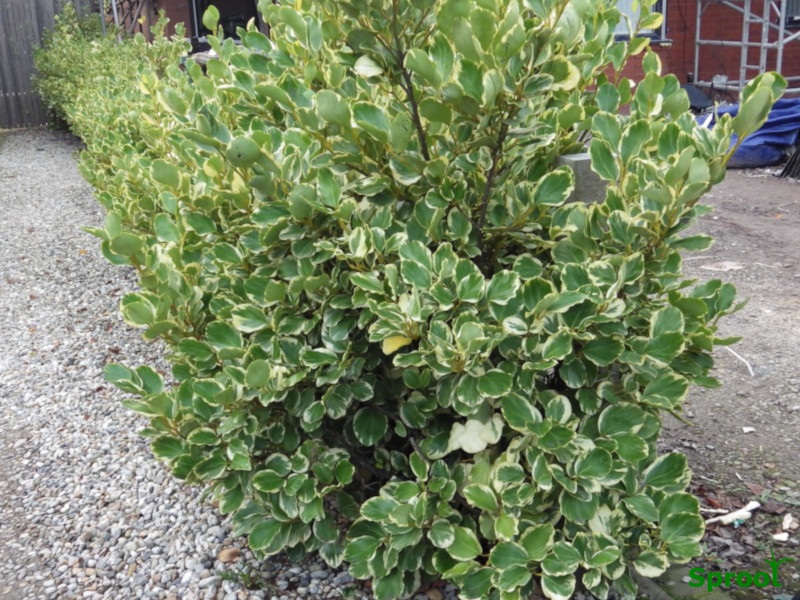
This Griselinia hedge needs a sheltered spot and a mild winter
Acid or alkaline
You can avoid expensive mistakes, the Ph of your soil is important, some plants are quite fussy and won’t grow.
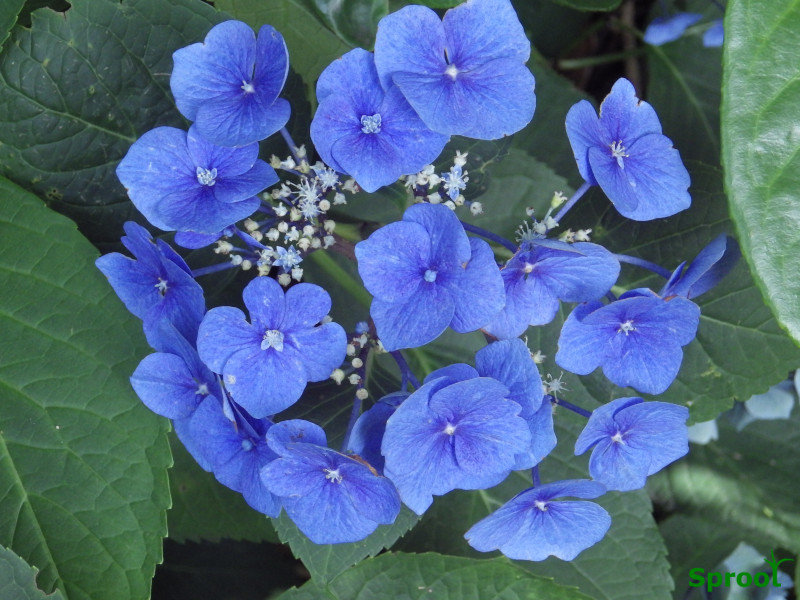
Hydrangeas can help, if your soil is acid you will see blue flowers if it is alkaline they will be deep pink.
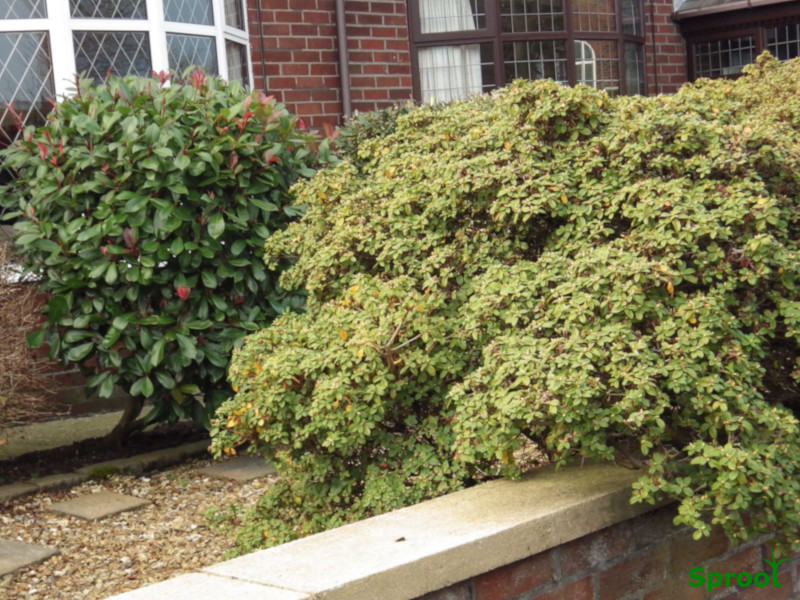
If you see old rhododendrons or azaleas, the soil must be acidic, there is a good chance you can grow them as well.
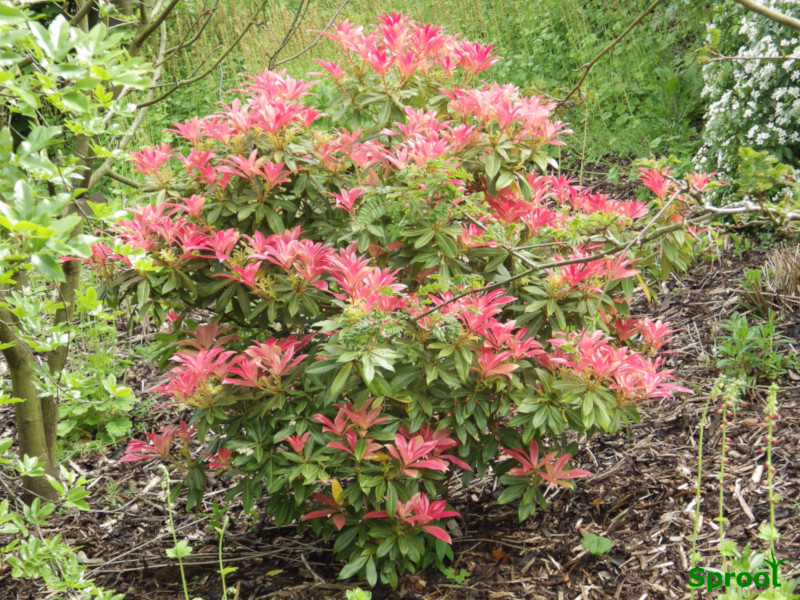
Pieris plants need a sheltered spot and an acid soil, if you see them in your neighbours garden there is a good chance you can also grow them.
